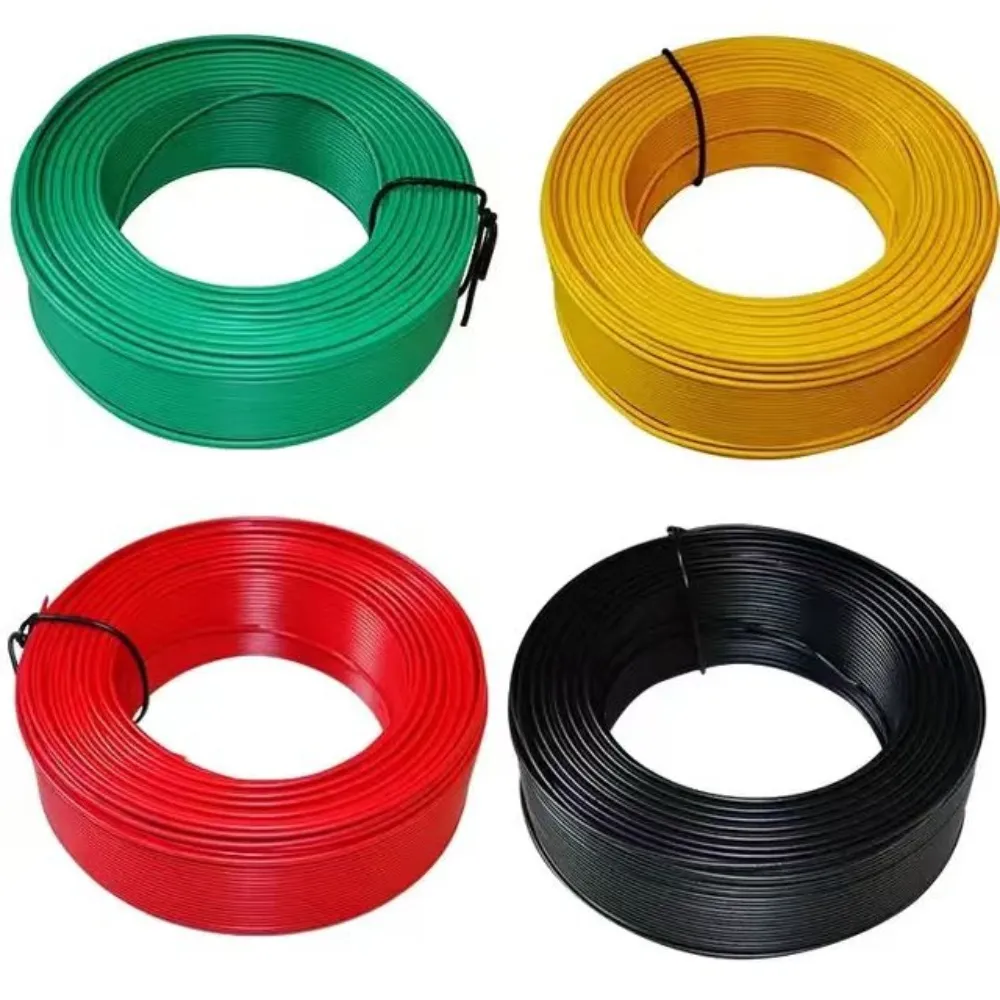Durable and Versatile Wire Netting Solutions for Your Garden and Outdoor Projects
The Versatile Uses of Garden Wire Netting
Garden wire netting, often referred to as wire mesh or garden fencing, serves as an invaluable tool in horticulture and landscaping. This durable material, composed of interconnected wires, comes in various sizes and strengths, making it suitable for a plethora of applications from gardening to security.
One of the primary uses of garden wire netting is to protect plants from pests and animals. Gardeners often find themselves battling a variety of intruders, including rabbits, deer, and birds, that can wreak havoc on their carefully cultivated plants. By erecting a wire netting fence around their garden beds, they can create a formidable barrier that deters these unwanted visitors. The mesh openings can be chosen based on the size of the critters they aim to keep out, ensuring that even the smallest pests remain outside the confines of the garden.
In addition to pest control, garden wire netting is also beneficial for supporting climbing plants. Vines, peas, and other climbing vegetables can thrive when given the right support. By installing wire netting as a trellis, gardeners create a stable structure for these plants to climb, optimizing their growth potential. This not only maximizes space but also enhances air circulation, reducing the likelihood of disease caused by stagnant moisture.
Moreover, wire netting can be employed to create decorative elements within a garden. Gardeners can use it to build attractive fences, archways, or even art installations. With some creativity, wire netting can be intertwined with climbing flowers, creating stunning visual displays that add character and charm to any garden. The combination of nature and crafted structures can elevate the aesthetic appeal of outdoor spaces.
garden wire netting

Another remarkable aspect of garden wire netting is its role in composting. Many avid gardeners use wire mesh bins to create an efficient composting system. The porous nature of the netting allows for proper air circulation, which is essential for the aerobic decomposition of organic materials. By constructing a compost bin with wire netting, gardeners can turn kitchen scraps and yard waste into rich, fertile compost, promoting sustainable gardening practices and reducing household waste.
Garden wire netting also finds its utility in creating protective cages for young seedlings. When starting a garden, seedlings can be particularly vulnerable to wind, pests, and other environmental factors. Building small cages with wire netting provides a safe haven for these delicate plants until they mature. This ensures a higher survival rate and promotes healthy growth.
Furthermore, the use of garden wire netting extends beyond the realm of gardening. It is widely used in construction and landscaping to provide reinforcement and support. In civil engineering, wire mesh is often integrated into concrete to enhance its tensile strength, making structures more durable. Landscape architects utilize netting to reinforce soil on slopes, preventing erosion and maintaining the integrity of outdoor spaces.
In conclusion, garden wire netting is a versatile and essential tool for both amateur and professional gardeners alike. Its ability to provide protection against pests, support for climbing plants, aesthetic appeal, aid in composting, and structural reinforcement demonstrates its multifaceted nature. Whether used in a home garden or a large agricultural setting, wire netting plays a pivotal role in nurturing plants and cultivating beautiful landscapes, making it a must-have for anyone passionate about gardening. As this material continues to evolve, its applications are sure to expand, promising even more innovative uses in environmental design and horticulture.
-
Space-Saving Chain Fence Hacks Vertical Gardening with Cyclone MeshNewsJul.16,2025
-
Innovations in Iron Nail Wire Production for Modern ConstructionNewsJul.16,2025
-
Creative Uses of Wire Netting Fence in Modern Landscape DesignNewsJul.16,2025
-
Barbed Wire Fence Innovations in Anti-Climb TechnologyNewsJul.16,2025
-
Architectural Uses of Umbrella Nails for Aesthetic Roof DesignsNewsJul.16,2025
-
Architectural Uses of Razor Barbed Wire in Secure Urban DesignNewsJul.16,2025




